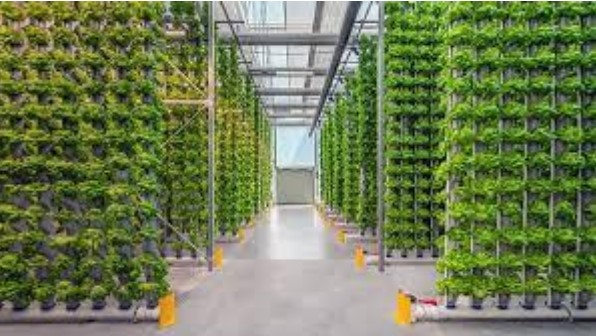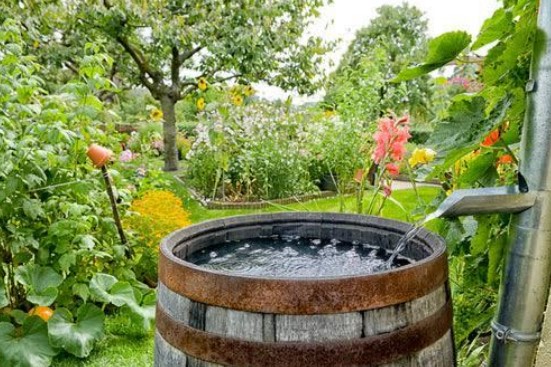
Blog Post

 Khushi
KhushiVertical Farming: Revolutionising Urban Culture
What is Vertical Farming?
Vertical farming is the practice of growing crops in vertically and horizontally stacked layers. It often incorporates controlled-environment agriculture, which aims to optimise plant growth, and soilless farming techniques such as hydroponics, aquaponics, and aeroponics
Rise of Vertical Farming in Urban Food Production
Vertical farming is emerging as a promising solution to address food security and resource scarcity, especially in densely populated urban areas. By growing crops in stacked layers within controlled environments, vertical farming maximises space usage and reduces dependency on arable land.
Integration of Technology for Precision Farming
Technologies like LED lighting, hydroponics, and IoT-based monitoring systems play a key role in vertical farming, enabling precise control over temperature, humidity, and nutrient supply. This leads to higher yields and faster growth cycles, making it possible to produce more food with fewer resources.
Sustainability and Reduced Resource Consumption
Vertical farms use significantly less water—up to 95% less than traditional agriculture—by recycling water and nutrients. This approach minimises waste, reduces the need for pesticides, and cuts down on transportation emissions by bringing food production closer to urban consumers.
Future Potential and Urban Resilience
As cities grow, vertical farming could enhance urban resilience, making fresh produce accessible year-round. Integrating technology and sustainability in these farms presents a sustainable approach to food production, potentially shaping the future of agriculture in resource-constrained environments.
Recent Posts





